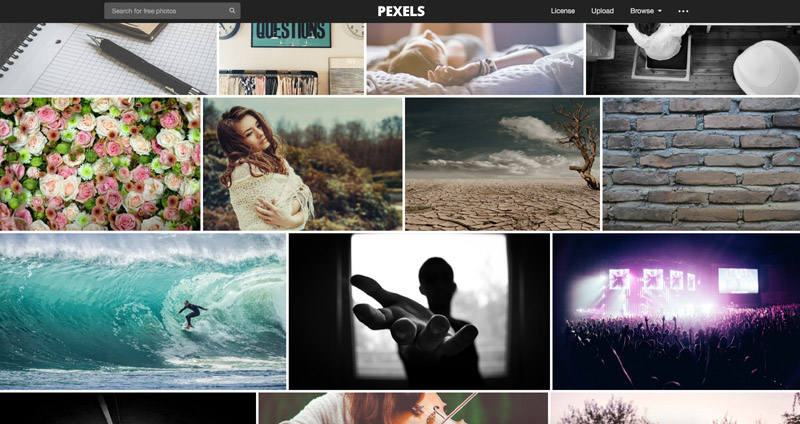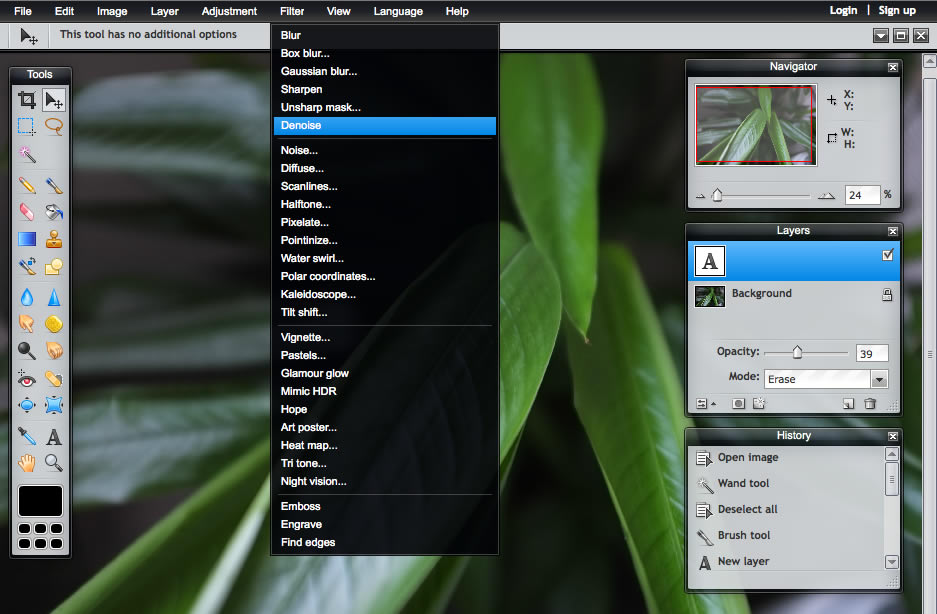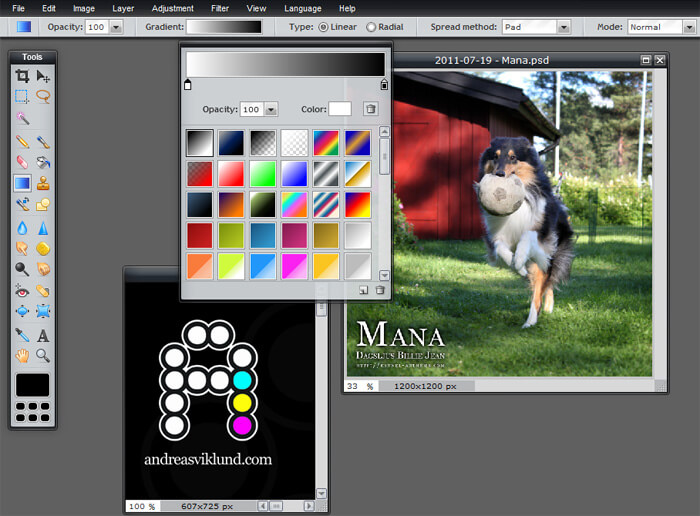
- #Pixlr layer opacity how to
- #Pixlr layer opacity full
- #Pixlr layer opacity download
- #Pixlr layer opacity free
Past pasting in this image, we have automatically created a new layer on top of the background layer. (Annotation: You must select something earlier copying.) While viewing that prototype, we select all, copy, and paste that image into our original blank canvas. Once we've washed that, we open up a new image (File > Open up) of a beautiful body of water landscape. By default, that blank canvas is white, merely you lot can check the "Transparent" box when creating a new canvas to make the background take no color whatsoever. When you create a new document in Pixlr Editor, you lot are creating a new blank canvass.
#Pixlr layer opacity download
At the end, we'll even requite you a file y'all tin download and open in Pixlr Editor if you want to experiment with layers yourself. To requite you a very short and quick tutorial, we are going to take a blank canvas, insert a landscape image, add still another image, and add together some text. The nuts are foreign to people who have never used a graphic design app similar this, simply they are like shooting fish in a barrel to sympathize one time you become the hang of them. Zoom in using for a more accurate result.Layers are what brand Pixlr Editor a powerful graphic design tool. Now move the layer until it aligns as well as possible with the red layer below. Begin with by unticking the box on the layer you are not working with, this will make that layer temporarily invisible.Ģ2. You can use the option to move the highlighted layer. If your images are slightly misaligned this can be fixed by simply selectingĢ1. You may have to make a couple of final adjustments for a perfect image, however. An option to alter the Opacity and Mode will now appear. Once you have completed all three layers, you are almost finished! You will see a layers box to the right of the page. Now we want to follow the same steps for the green and blue images, using the Hue values shown in the table above.ġ5. Go to Layer > Open image as layer OR Layer > Open image URL as layer and open the green filter image.ġ4. Again, make sure that the background sky is kept as black as possible and note down these values as you will need to use the same values for the blue and green images.ġ3.
#Pixlr layer opacity free
You can probably keep the Saturation and Lightness values at 0, but feel free to play around with these.

When you’ve added the Hue tick the colorize box to check you have the correct colour.ġ1. Use the table below to find the Hue you’ll enter here for each image.ġ0. Next we get to colour our first image! Go to Adjustment > Hue & Saturationĩ. Make a note of the final numbers because you will need to make sure all your images have the same settings.Ĩ.

The aim is to use the sliders to make the background sky as dark as possible without losing any of the detail from your image.ħ. You only need to do this if you picture looks a little grey or blurred. When your image is open the first thing we want to do is ensure the highest quality by maximising the levels.

If you saved your file select Open image from computer, otherwise select Open image from URLĥ. Once you have your observations, open your browser and go to /editor/Ĥ. Or if you are a member of a Global Sky Partner you can observe and download your own observations with LCO,ģ. Click on the object name to access the observations.ġa. A selection of objects can be found in the table below.

You can use observations you have taken yourself, or images from the LCO data archive.
#Pixlr layer opacity how to
This guide will show you how to use a free web application to create beautiful colour images from the observations you collected using the LCO robotic telescope network.
#Pixlr layer opacity full
Red, green and blue are three primary colours that can simulate a full spectrum of visible light to the human eye. The colour images are created by combining three separate black and white images one taken with a green filter, one with a blue filter and one with a red filter. However, these images, like all astronomical photographs, are originally collected in black and white. We’re all familiar with the breathtaking, colourful images of the cosmos captured by famous telescopes such as the Hubble Space Telescope, they’re used in magazines, on advertisements, album covers and T-shirts. This guide will show you how to create beautiful colour images using free online software.


 0 kommentar(er)
0 kommentar(er)
